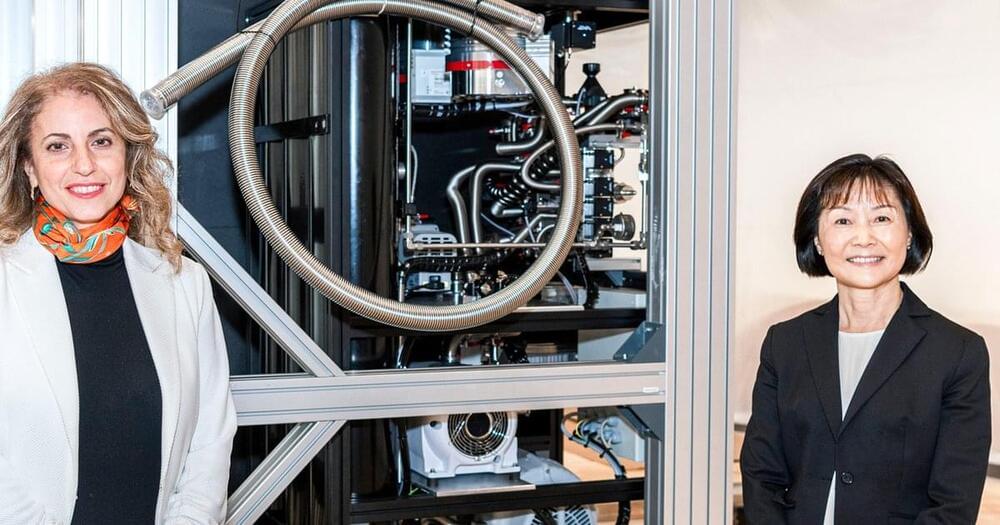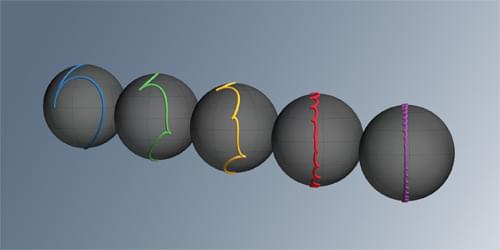Scientists continue to blow through data transmission records, with the fastest transmission of information between a laser and a single optical chip system now set at 1.8 petabits per second. That’s well in excess of the amount of traffic passing across the entire internet each second.
Here’s another comparison: the average broadband download speed in the US is 167 megabits per second. You need 1,000 megabits to get to a gigabit, and then 1 million gigabits to get up to 1 petabit.
No matter how you present it, 1.8 petabits is a serious amount of data to transmit in a second.







